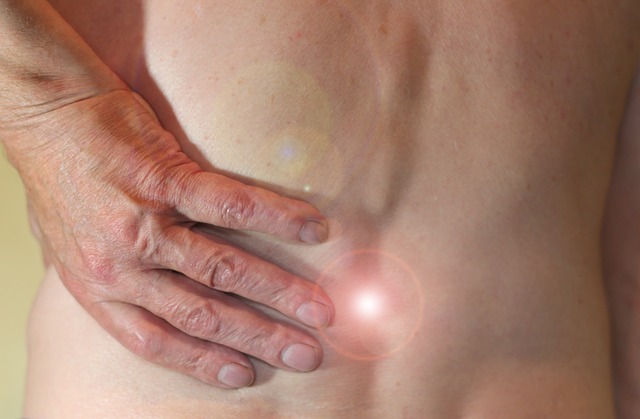Our spine is an amazing and intricate piece of our body. It is made up of lots of small bony segments that are called vertebra.
This column of vertebra houses our spinal cord which stems from the brain through the top vertebrae C1/atlas like thousands of electrical wires to supply and control every function of our body.
In between each vertebra is a disc that is responsible for the cushioning of each bony segment like a shock absorber. This gives enough space for the nervous system to branch out and supply each part of our body with the power and control that we need.
If our spine and disc material is healthy and we have adequate spinal curvature and proper body position then there will be ample space for the nerves to supply our body as needed.
However as we age, sit poorly, develop muscular imbalance, become dehydrated and so on, the cushioning (discs) within our spinal column compress leaving limited space for the nerves and so placing pressure on them.
This affects the signal to that particular body part. You could relate it to when you are washing your car and you drive forward and squash the hose.
This diminishes the power or pressure of water supply from tap to car. This is what happens at each spinal segment.
Sciatica is a common example of this sort caused from poor body position, sitting, compressed spinal discs and inhibited or blocked nerve supply. This can happen at any spinal segment and affect many parts of the body.
The good news is that with spinal decompression stretching you can regain the disc space allowing the nerves to freely supply the body again. These stretches are not at all like conventional stretching.
They focus on the particular segment area/s that need it most, as well as on the long sheets of fascial tissue expanding through out your body.
They are perfect for all walks of life. From athletes who want improvement within there sport to older folk who want to keep the control of their body through the years to come.
People are amazed at how their body starts feeling after a short time on these wonderful but weird looking stretches. Some people report a huge sense of freedom and lightness to their body.
Aches and pains that have been around for years diminish. Others report more power to legs and glutes that where fading away, or an overall sense of wellness and energy.
The best approach is to work on the spinal segments individually at each level; giving much more nervous system control and proprioception (knowing where you are in space) you also get a lot of postural strengthening out of these stretches.
Benefits
Spinal stretching can help anyone with pain, discomfort, sciatica, back pain, neck pain, nerve pinching, disc problems, compressions through poor posture and sitting.
It will help you improve the function of organs and limbs, disc hydration, postural discrepancies, respiration, flow of fluid in vertebral canal.
These stretches are very specific and particular but once learnt and performed daily until the pain has gone, then three times a week to maintain, they will help you for a lifetime. You must be fully hydrated.
Sample Spinal Stretch
Sitting on ground nice and upright. Legs are crossed comfortably. Arms are overhead with palms together. Constant tension is placed on the chains of the body.
Push your hands together in prayer position, imaging trying to get your elbows in line with your ears. Also keeping your head in optimal alignment, ears over shoulder.
All at the same time as you are pushing upwards. Imagine being lifted up towards the ceiling shrugging your shoulders up towards your ears.
At the same time imagine the tail bone being pressed towards the ground and tucking the sacrum (tailbone under) breath deeply and imagine the disc space opening up in the mid back, the T6/7 spinal segments. Hold for 60 to 90 sec rest & repeat.
Whether you want a routine that you can do from home each day or to join in on a class of like-minded people, you will benefit greatly from these stretches. Contact me for more information.
This powerful work is ELDOA (Entièrement Longitudinaux avec Décoaptation Ostéo Articulaire) and was developed by renowned Canadian Osteo Guy Voyer






